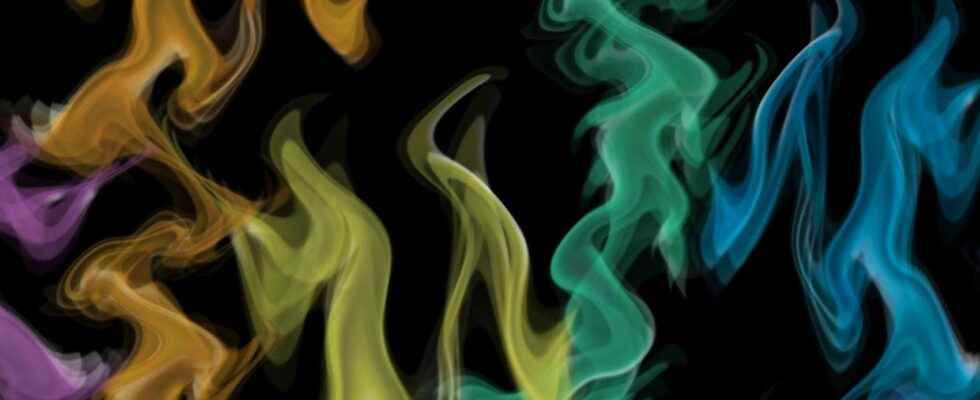The will-o’-the-wisp is a luminous phenomenon observed in cemeteries or marshy places, which can be blue, yellow or green. They are the source of many legends, but do we really know where they come from?
You will also be interested
the fire wisp is a ball of light, ranging in size from that of a candle flame to that of a man’s head. She makes movements back and forth and emits flickers. When you approach it, it moves, and if you back away, it follows you.
Also “ignis fatuus”, they can be seen anywhere in the world, only at night, and they do not present any danger. Their sightings are increasingly rare today. Their decline is thought to be the result of the dewatering and exploitation of swamps over the last centuries.
Those lights moving generate great fear among those attending. However, this phenomenon comes from nature. We have sought for you its scientific explanation.
The origins of will-o’-the-wisps
Several explanations for will-o’-the-wisps have been put forward by different researchers. In 1776, Alessandro Volta proposed for the first time that natural electrical phenomena, such as lightning, interacting with the gas swamps can be the cause of will-o’-the-wisps. Swamp gas is a mixture of methane, of Hydrogen sulfide and of carbon dioxide, produced naturally in swampy areas.
However, this hypothesis was quickly rejected for various reasons, including the improbability of a combustion spontaneous, the absence of heat in certain will-o’-the-wisps observed, and the strange behavior of the fires which recede when one approaches them.
Science has rather retained that the phenomena of will-o’-the-wisp are caused by theoxidation phosphine (PH3), diphosphate (P2H4) and methane (CH4). These compounds, resulting from organic decomposition, can cause emissions of photons. Phosphine and diphosphate mixtures ignite spontaneously on contact withoxygen contained in theair. Thus, small amounts are enough to ignite the much more abundant methane, creating the will-o’-the-wisps.
Additionally, phosphine produces phosphorus pentoxide, which formsacid phosphoric in contact with water vapour, which may explain the “slimy” moisture sometimes described as accompanying wisps.
Other explanations of will-o’-the-wisps
In 1993, Professors Derr and Persinger put forward the theory that wisps could be of geological origin. They would be generated piezoelectrically, under tectonic stress. The piezoelectricity is the property that certain materials have of becoming electrically polarized under the action of a mechanical stress and, conversely, of deforming when a force is applied to them. electric field.
Thus, the actions of plates that move the earth’s faults would heat up the rocks, vaporizing the water they contain. Soils containing piezoelectric compounds, such as quartz, the silicon or arsenic, could then produce electricity, channeled to the surface of the ground by this column of vaporized water. A light terrestrial could then appear.
Finally, the will-o’-the-wisp phenomenon could be due to the bioluminescence of various microorganisms and insects living in the forests. The glow emitted by some species of mushrooms, when chemically reacted to form a white rot, could be mistaken for the mysterious will-o’-the-wisps.
Other organizations, such as fireflies or forest-dwelling animals, could also create this illusion. For example, the white plumage of barn owls could reflect enough light from the moon to appear as a will-o’-the-wisp, hence the possibility of will-o’-the-wisps moving and reacting to other bodies.
Interested in what you just read?
